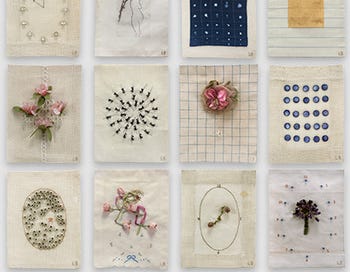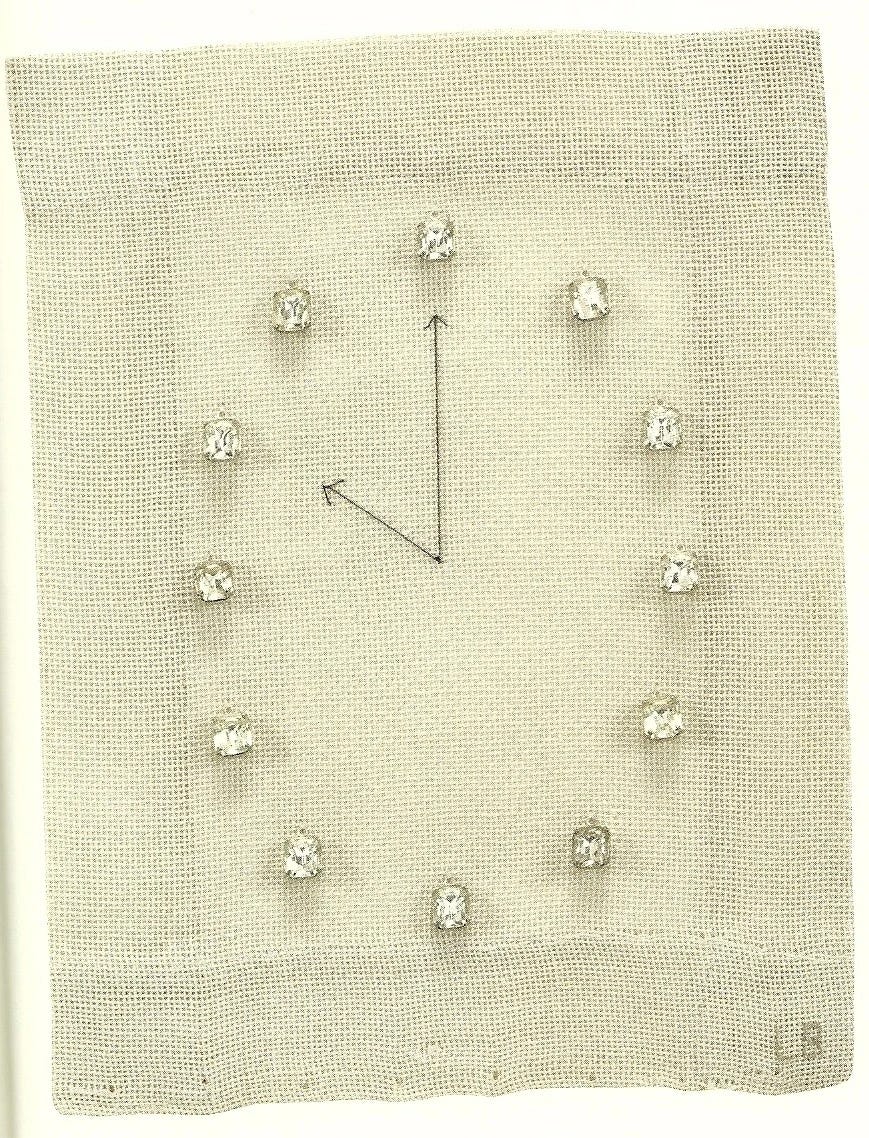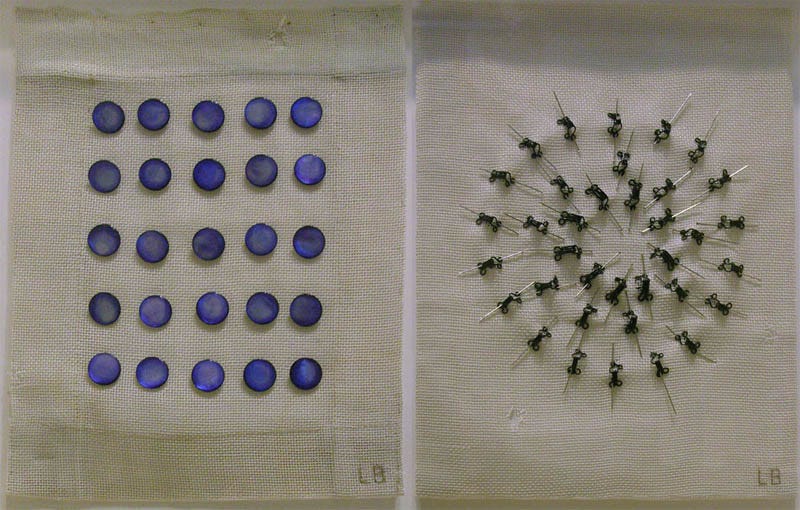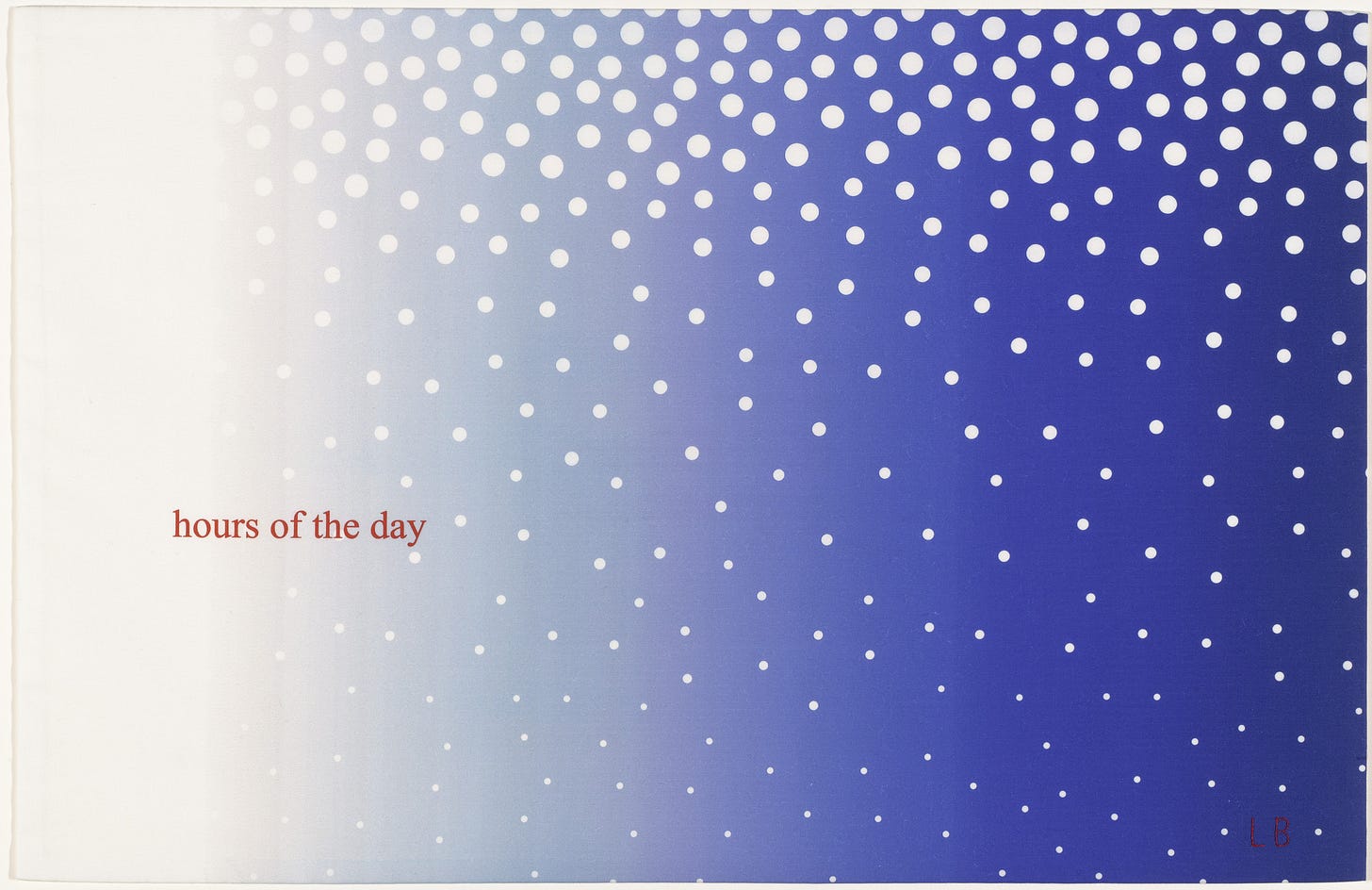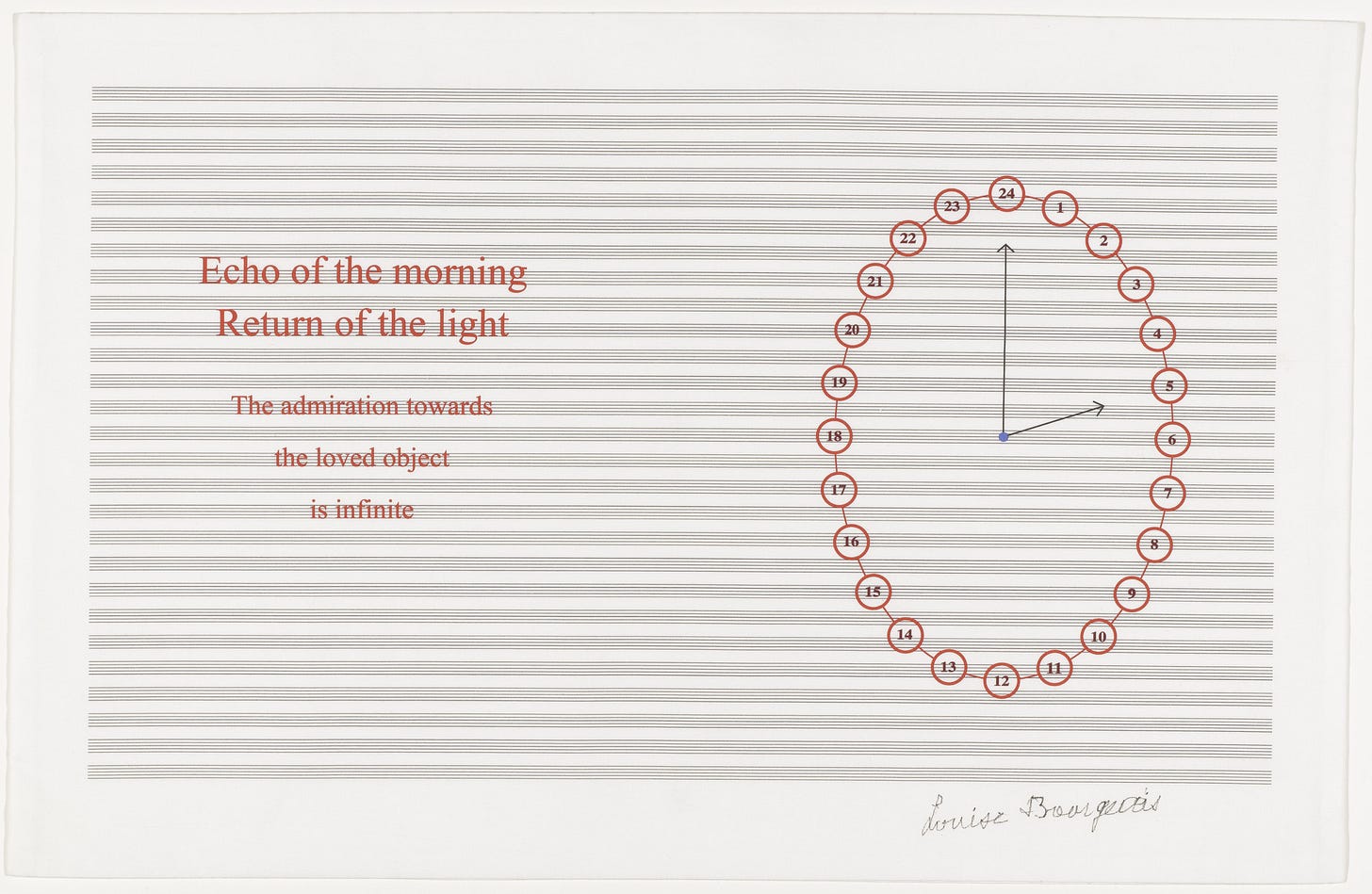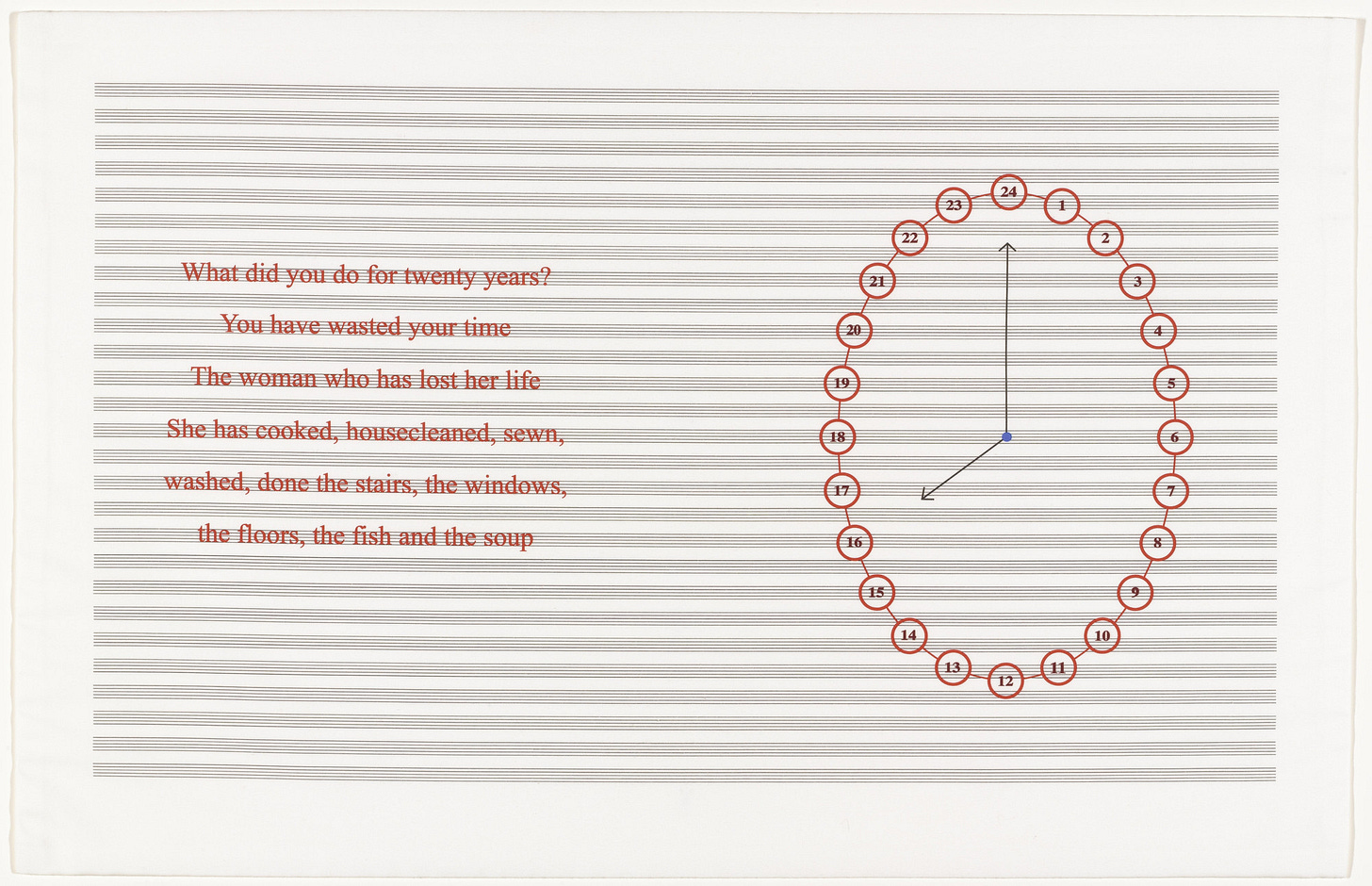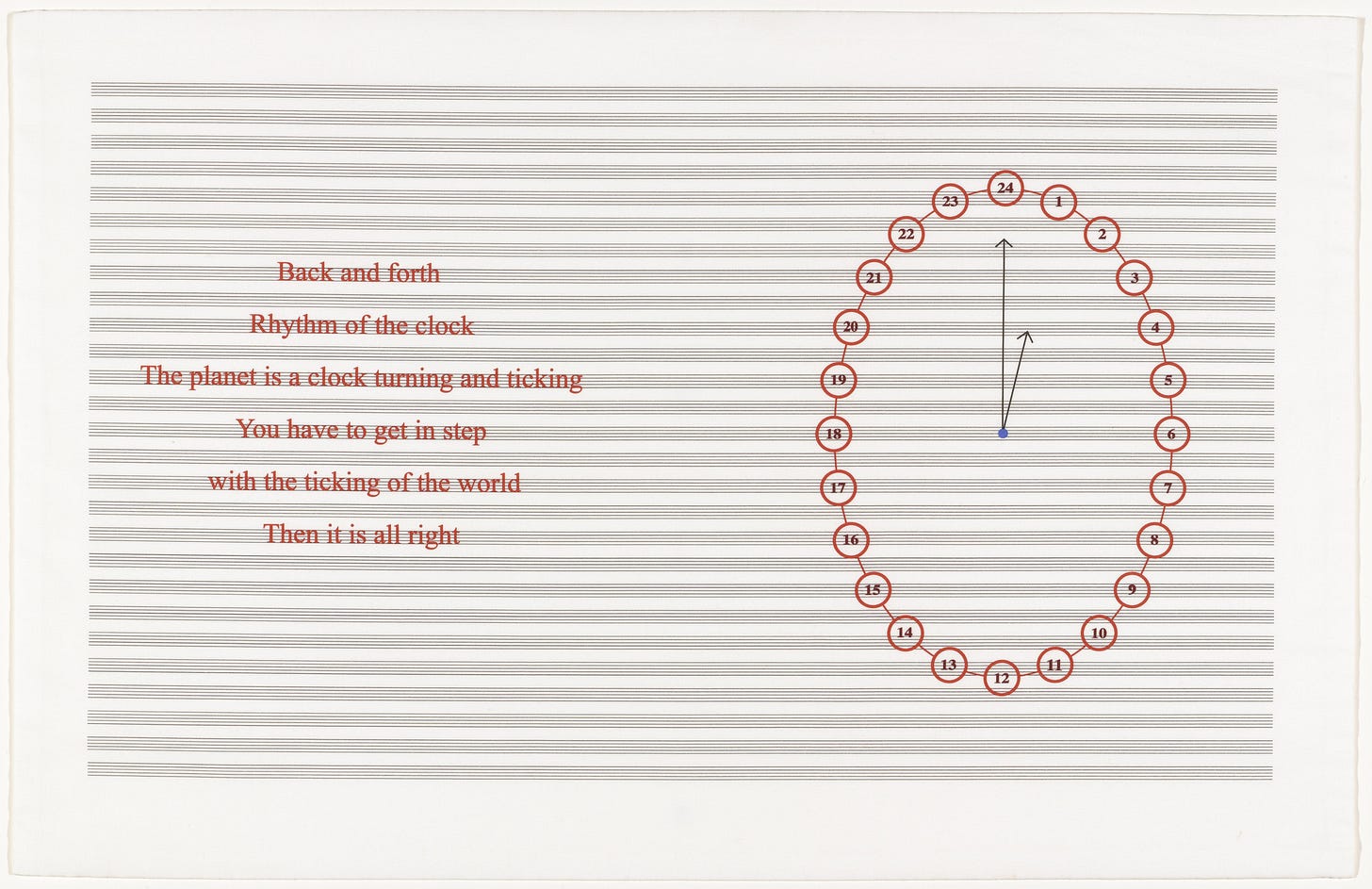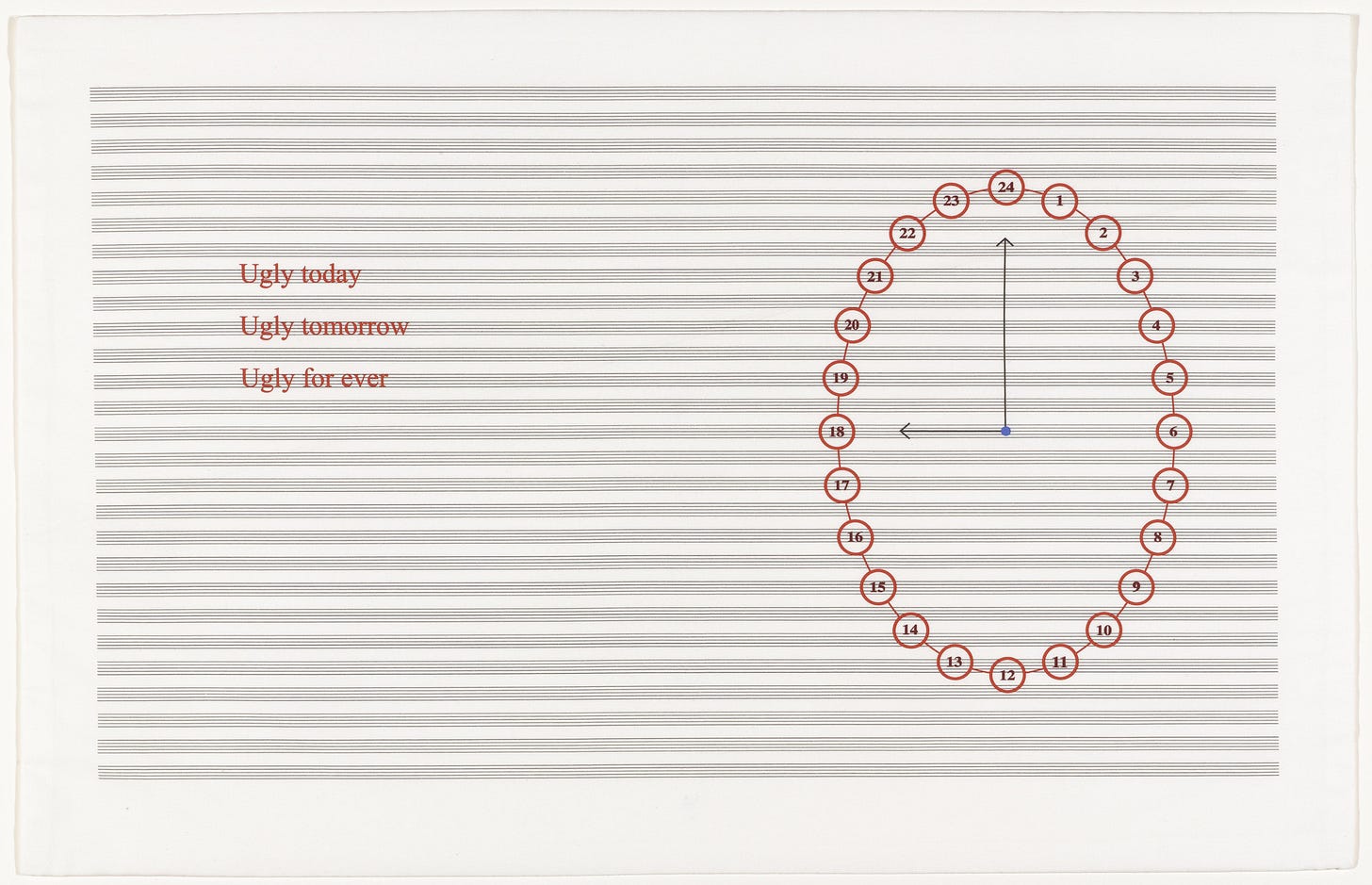Dearest readers,
It’s a pleasure to send a dispatch at the beginning of a new year! I hope your holidays were swell. Unfortunately for me, I was ill with a cold + incessant post-nasal drip that kept me sequestered at home for the majority of the interim between Merry Christmas and a Happy New Year. I reframed this as a sort of end-of-year penance for being too hard on myself and not pushing myself in other areas of my life throughout the year. As one of the few people who are comfortable being alone with my thoughts, I used this time to think about personal projects for the year, topics I would like to research and map out my life path a little bit more. That being said, on this first Friday of both the month and year I am presenting you with my inaugural series of posts I will share every Friday, where I will provide both insight and my personal feelings for a series or single work of art that has been on my mind. I also intend to craft more Art History 101 posts throughout the year, as I would love to help everyone be a little more knowledgeable about art and expand the scope of artists that are referenced regarding style or period. If you have an artist, period, region of the world, or material you want me to cover, don’t be afraid to reach out! I am interested in what you are curious about, I promise!
<3,
Lauren
Louise Bourgeois, Eugénie Grandet, 2009
Let’s start the year off with an ever-present reminder of time, shall we? I’ve seen this image of Louise Bourgeois’ Eugénie Grandet circulated on Instagram for a while and more so within the past week as the app’s users want to commemorate the ending of one year with the beginning of another with an aesthetically pleasing contemporary memento mori. I was able to find some information that directly speaks to this late work by Bourgeois, aside from discovering that this is 1 of 16 cloth panels that make up the entirety of Eugénie Grandet. Two other conceptual clocks are also featured in this piece, both featuring dried flowers in the clock hand’s position, grounded in place yet continuing to deteriorate as time goes on. Circular objects are present on the other pieces of cloth, such as concentric rings of hook and eye clasps hanging on a single thread (and looking like ants at a glance) and a grid of cobalt blue buttons.
The title of this work references Honoré de Balzac’s 1833 novel of the same name. in summary, this novel tells the story of the life of the title character who lives a stunted life toiling away assisting her miserable father. She also falls into the same pattern of helping someone who does nothing to help her when she falls in love with another ungrateful man, as she grows older and time passes her life is cemented in place for eternity. Bourgeois was greatly inspired by the story of the Parisian family described within its pages; she felt it was an alternate version of how her life would be had she not moved to New York to pursue her career as an artist. Bourgeois has noted that this story portrays, “the prototype of a woman that is not yet realized. She is within our struggle to make ourselves happy. This character of Balzac’s is the prisoner of a father who wants a maid, not a daughter. Her destiny is that of a woman who never have the opportunity to be a woman.” A major theme throughout her oeuvre is her poetic and metaphorical illustrations that depict the intricate complexities of her complicated relationships with each of her parents. Eugénie Grandet (LB’s version) was conceived with the intention of it being on display at Maison de Balzac and it was in the 2010-2011 exhibition titled Louise Bourgeois: moi, Eugénie Grandet…
Bourgeois has depicted clocks throughout her oeuvre and was fascinated by time’s seemingly endless cycle: ‘“Time—time lived, time forgotten, time shared… What does time inflict—dust and disintegration? My reminiscences help me live in the present, and I want them to survive.”
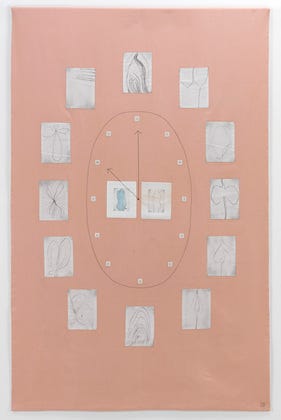
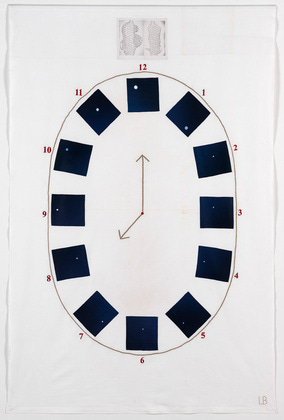
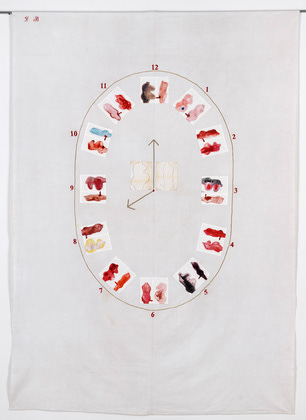
A good number of these works are embroidered, a process that is often done in isolation with careful attention to detail, and takes time to fabricate. She knows a thing or two about handling fabric as she came from a family that dealt with tapestries and textiles. Time passes slowly, but beauty can come from it if we use it to our advantage.
Another conceptual piece concerning time Bourgeois created is Hours of the Day from 2006. The cover pattern was inspired by a garment in her wardrobe, either a scarf or blouse and printed with the effect of daylight transiting into twilight. The pages were printed to resemble music paper that featured text from her daybooks, and personal tomes she annotated with drawings, appointments and short-form writings. Music paper was a favorite of Bourgeois’. She used it for her early drawings in the 1940s and during the creation of her “Insomnia Drawings” (given this title as she worked and listened to music during the night).
Sources:
https://www.moma.org/s/lb/collection_lb/object/object_objid-142203.html
https://www.theguardian.com/culture/2011/jan/04/louise-bourgeois-eugenie-grandet-review
https://www.hauserwirth.com/viewing-room/louise-bourgeois-on-view-hours-of-the-day/
https://www.moma.org/s/lb/collection_lb/object/object_objid-128387.html

